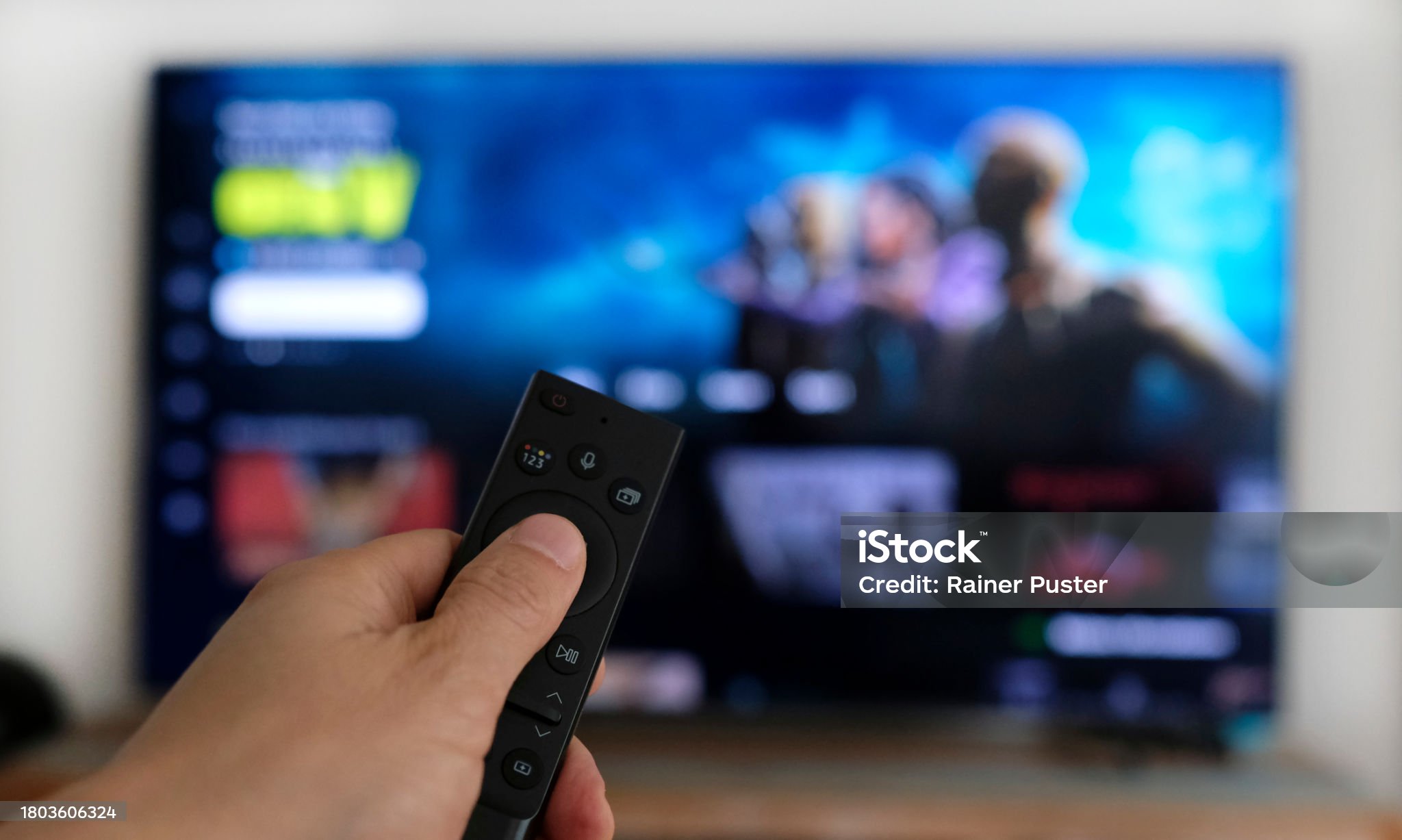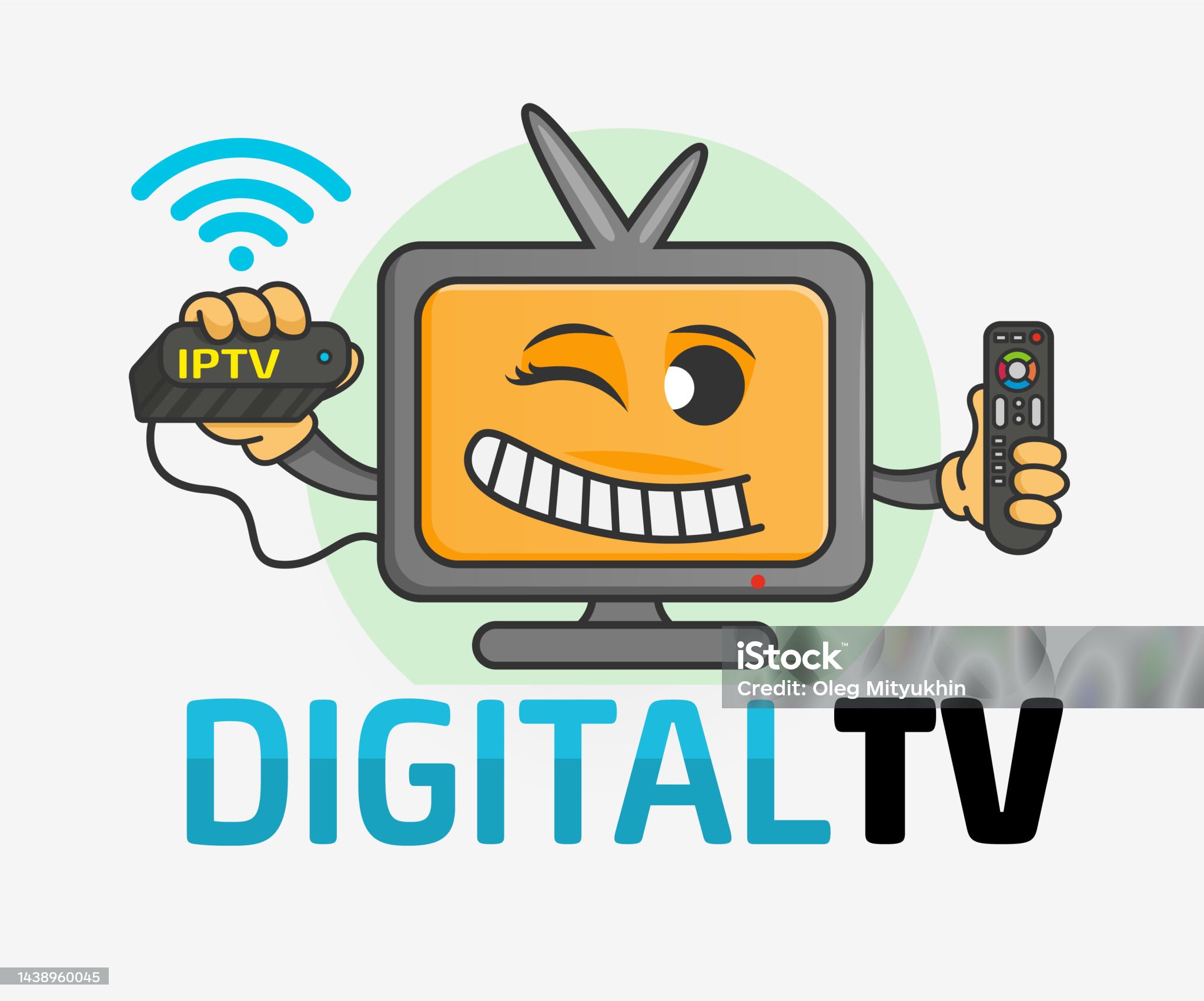1.Introduction to IPTV

IPTV, or Internet Protocol Television, is becoming progressively more influential within the media industry. Compared to traditional cable and satellite TV services that use pricey and primarily proprietary broadcasting technologies, IPTV is delivered over broadband networks by using the same Internet Protocol (IP) that supports millions of personal computers on the modern Internet. The concept that the same shift towards on-demand services lies ahead for the era of multiscreen TV consumption has already piqued the curiosity of various interested parties in technology integration and potential upside.
Consumers have now embraced watching TV programs and other media content in a variety of locations and on multiple platforms such as mobile phones, computers, laptops, PDAs, and other similar devices, aside from using good old TV sets. IPTV is still in its infancy as a service. It is growing, however, by leaps and bounds, and different commercial approaches are emerging that are likely to sustain its progress.
Some believe that cost-effective production will probably be the first type of media creation to transition to smaller devices and capitalize on niche markets. Operating on the commercial end of the TV broadcasting pipeline, the current state of IPTV hosting and services, nevertheless, has several distinct benefits over its rival broadcast technologies. They include crystal-clear visuals, flexible viewing, personal digital video recorders, audio integration, online features, and instant professional customer support via supplementary connection methods such as mobile phones, PDAs, global communication devices, etc.
For IPTV hosting to operate effectively, however, the Internet edge router, the core switch, and the IPTV server consisting of video encoders and server hardware configurations have to interoperate properly. Multiple regional and national hosting facilities must be entirely fail-safe or else the stream quality falters, shows could disappear and fail to record, chats stop, the picture on the TV screen is lost, the sound becomes interrupted, and the shows and services will fail to perform.
This text will discuss the competitive environment for IPTV services in the U.K. and the US. Through such a detailed comparison, a series of important policy insights across several key themes can be revealed.
2.Legal and Policy Structures in the UK and US Media Sectors

According to legal principles and corresponding theoretical debates, the regulatory strategy adopted and the nuances of the framework depend on how the market is perceived. The regulation of media involves competition-focused regulations, media control and proprietorship, consumer protection, and the safeguarding of at-risk populations.
Therefore, if we want to regulate the markets, we need to grasp what defines the media market landscape. Whether it is about ownership restrictions, studies on competition, consumer rights, or children’s related media, the governing body has to understand these sectors; which media markets are growing at a fast pace, where we have competition, vertically integrated activities, and ownership crossing media sectors, and which sectors are lagging in competition and suitable for fresh tactics of key participants.
Put simply, the current media market environment has always evolved to become more fluid, and only if we consider policy frameworks can we anticipate upcoming shifts.
The growth of IPTV across regions normalizes us to its dissemination. By combining a number of conventional TV services with cutting-edge services such as interactive digital features, IPTV has the potential to be a significant element in boosting remote area viability. If so, will this be sufficient for the regulator to adapt its strategy?
We have no proof that IPTV has an additional appeal to individuals outside traditional TV ecosystems. However, certain ongoing trends have hindered IPTV expansion – and it is these developments that have led to reduced growth expectations for IPTV.
Meanwhile, the UK embraced a lenient regulatory approach and a forward-thinking collaboration with the industry.
3.Market Leaders and Distribution

In the UK, BT is the dominant provider in the UK IPTV market with a market share of 1.18%, and YouView has a market share of 2.8%, which is the context of basic and dual-play service models. BT is usually the leader in the UK as per reports, although it varies marginally over time across the range of 7 to 9%.
In the United Kingdom, Virgin Media was the first to start IPTV based on digital HFC networks, followed by BT. Netflix and Amazon Prime are the strongest OTT services in the UK IPTV market. Amazon has its own set-top device-centered platform called Amazon Fire TV, comparable to Roku, and has just launched in the UK. However, Netflix and Amazon are absent from telecom providers' offerings.
In the United States, AT&T is the top provider with a 17.31% stake, outperforming Verizon’s FiOS at 16.88%. However, considering only DSL-delivered IPTV, the leader is CenturyLink, trailing AT&T and Frontier, and Lumen.
Cable TV has the majority hold of the American market, with AT&T drawing 16.5 million IPTV customers, largely through its U-verse service and DirecTV service, which also is active in Latin America. The US market is, therefore, split between the major legacy telecom firms offering IPTV services and emerging internet-based firms.
In these regions, major market players rely on bundled services or a strategy focusing on loyal users for the majority of their marketing, offering multi-play options. In the United States, AT&T, Verizon, and Lumen depend on their proprietary infrastructure or existing telecom networks to offer IPTV services, albeit on a smaller scale.
4.IPTV Content and Plans

There are differences in the content offerings in the British and American IPTV landscapes. The potential selection of content includes real-time national or local shows, streaming content and episodes, pre-recorded shows, and original shows like TV shows or movies IPTV with Parental Controls exclusive to the platform that aren’t available for purchase or broadcasted beyond the service.
The UK services feature classic channel lineups akin to the UK cable platforms. They also provide moderately sized plans that contain important paid channels. Content is categorized not just by taste, but by distribution method: terrestrial, satellite, Freeview, and BT Vision VOD.
The primary distinctions for the IPTV market are the payment structures in the form of fixed packages versus the more customizable channel-by-channel option. UK IPTV subscribers can choose additional bundles as their content needs shift, while these channels come pre-bundled in the US, in line with a user’s initial preset contract.
Content collaborations highlight the distinct policy environments for media markets in the US and UK. The age of shrinking windows and the ongoing change in the market has notable effects, the most direct being the business standing of the UK’s primary IPTV operator.
Although a new player to the saturated and challenging UK TV sector, Setanta is positioned to gain significant traction through appearing cutting-edge and securing top-tier international rights. The brand reputation is a significant advantage, alongside a product that has a affordable structure and caters to passionate UK soccer enthusiasts with an appealing supplementary option.
5.Emerging Technologies and Upcoming Innovations

5G networks, combined with millions of IoT devices, have transformed IPTV development with the integration of AI and machine learning. Cloud computing is strongly supporting AI systems to implement new capabilities. Proprietary AI recommendation systems are being widely adopted by media platforms to enhance user engagement with their own advantages. The video industry has been transformed with a modernized approach.
A higher bitrate, by increasing resolution and frame rate, has been a main objective in improving user experience and gaining new users. The technological leap in recent years stemmed from new standards developed by industry stakeholders.
Several proprietary software stacks with a compact size are nearing release. Rather than focusing on feature additions, such software stacks would allow video delivery services to prioritize system efficiency to further improve customer satisfaction. This paradigm, similar to earlier approaches, relied on user perspectives and their desire to see value for their money.
In the near future, as technological enthusiasm creates a level playing field in viewer satisfaction and industry growth reaches equilibrium, we predict a service-lean technology market scenario to keep older audiences interested.
We emphasize a couple of critical aspects below for both IPTV markets.
1. All the major stakeholders may play a role in shaping the future in media engagement by making static content dynamic and engaging.
2. We see immersive technologies as the main catalysts behind the rising trends for these fields.
The ever-evolving consumer psychology puts information at the core for every stakeholder. Legal boundaries would restrict unrestricted availability to consumers' personal data; hence, privacy regulations would not be too keen on adopting new technologies that may risk consumer security. However, the existing VOD ecosystem makes one think otherwise.
The digital security benchmark is at its weakest point. Technological progress have made security intrusions more digitally sophisticated than physical intervention, thereby advantaging digital fraudsters at a greater extent than manual hackers.
With the advent of headend services, demand for IPTV has been increasing rapidly. Depending on viewer habits, these developments in technology are set to revolutionize IPTV.
References:Bae, H. W. and Kim, D. H. "A Study of Factors affecting subscription to IPTV Service." JBE (2023). kibme.org
Baea, H. W. and Kima, D. H. "A Study about Moderating Effect of Age on The IPTV Service Subscription Intention." JBE (2024). kibme.org
Cho, T., Cho, T., and Zhang, H. "The Relationship between the Service Quality of IPTV Home Training and Consumers' Exercise Satisfaction and Continuous Use during the COVID-19 Pandemic." Businesses (2023). mdpi.com